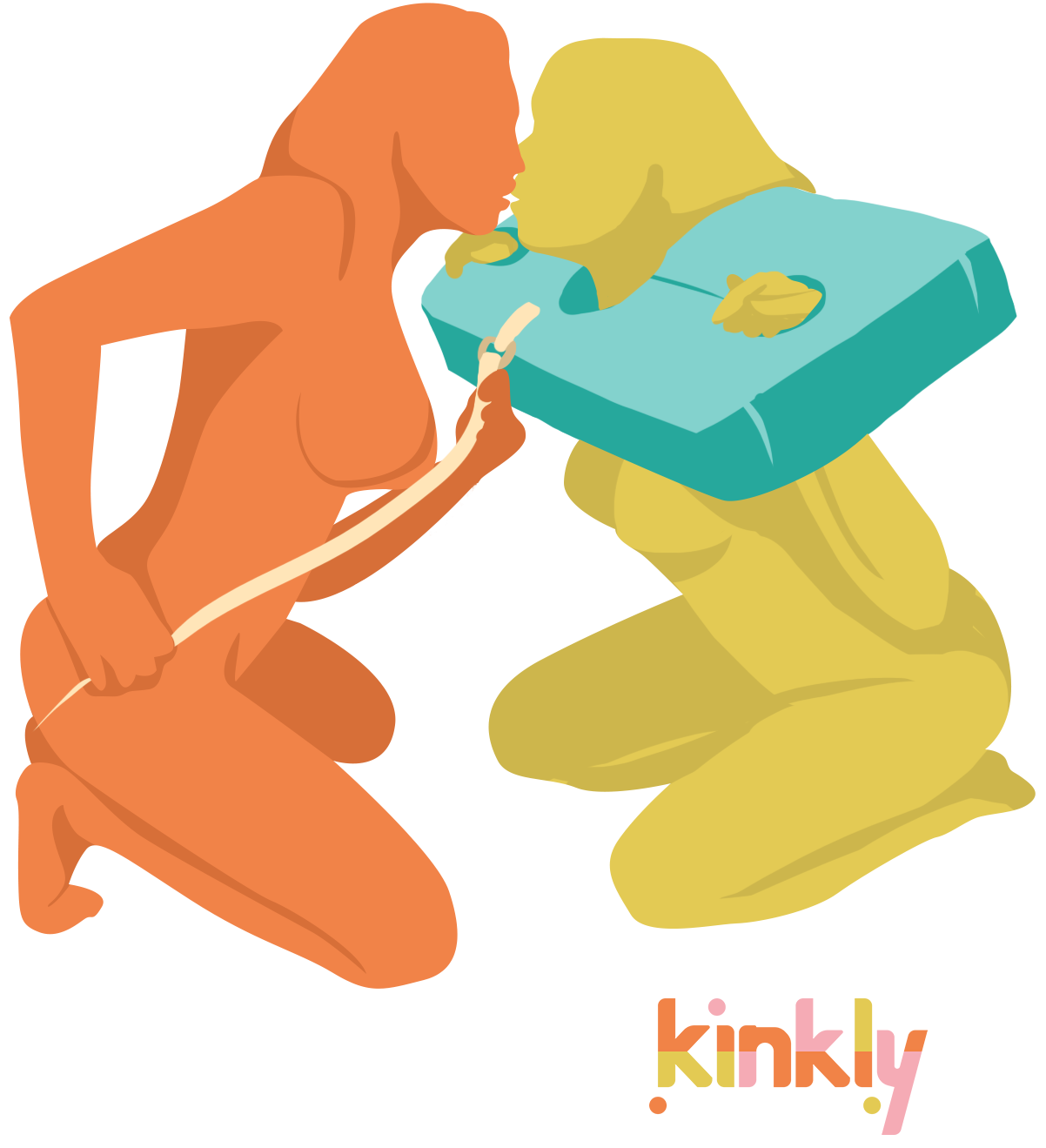A safeword, or safe word, is a word or phrase someone uses during sexual play to indicate their physical and emotional state. They are commonly used to withdraw consent during sexual play. However, they can also communicate ongoing consent. People use safewords to protect themselves from emotional and physical harm during intense play.
Submissives usually use safewords to communicate with a dominant partner during BDSM play. However, anyone can establish and use a safeword to communicate their level of consent during a sexual encounter.
Safeword may also appear as two words, "safe word."
History of Safewords
It's not clear how long people have used safewords in the BDSM community, but it's likely they arose in the late 1970s and early 1980s as part of the activist movement committed to creating community standards around safety and consent. They became mainstream in the 2010s through the "Fifty Shades of Grey" series of erotic novels featuring BDSM play and their associated films.
Why Use Safewords
Safewords are a quick and easy way for people to communicate with their partner during sexual play. A safeword clearly communicates whether play should stop or continue at the same or a different intensity. Having a safeword can also build trust between partners and help people reluctant to speak up assert themselves. This helps make sex better and reduces the risk of unintentional harm.
Safewords can be especially useful in the following scenarios:
- Role-playing: Safewords allow participants to stay in character while maintaining control over the scene. For example, in a rape roleplaying scene the “rapist” will ignore the struggles of the “victim” but will stop the scene if their partner’s safeword shows they are uncomfortable.
- Consensual nonconsent: Safewords allow a submissive to give themselves over to the fantasy of relinquishing control to their dominant, while giving them a tool to assert themselves when required.
- Play parties: Safewords make these events safer for all participants as people can easily assert themselves to new play partners. That’s vital at these events when people often push their limits and may find their boundaries changing or accidentally crossed.
- Edgeplay: Safewords help dominants know if they are causing emotional harm or crossing physical boundaries during this intense play, which often causes bodily harm.
Safe Signals
Safe signals are physical gestures that can take the place of safewords. Safe signals can help people who are unable to use safe words to give ongoing consent and show their level of comfort with the play. For example, someone may use a safe signal while gagged or performing oral sex. People who do not feel comfortable verbally expressing themselves during sex may also feel more comfortable using a safe signal. Safe signals can also help people with disabilities that impact their speech play safely.
Safe signals should be easy to see and differentiate from normal gestures during sex. Some good examples include:
- Winking
- Tapping the partner on the shoulder
- Crossing fingers
- Giving a peace sign















